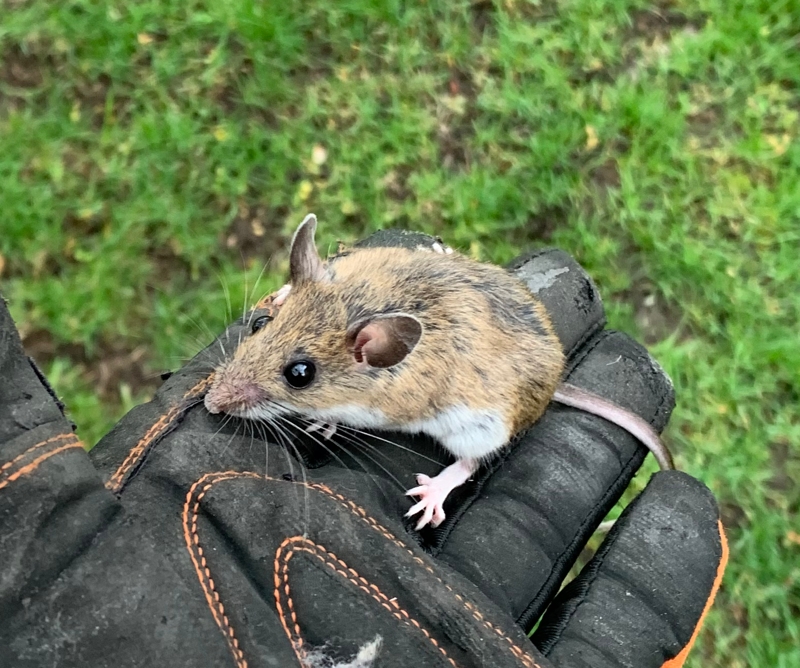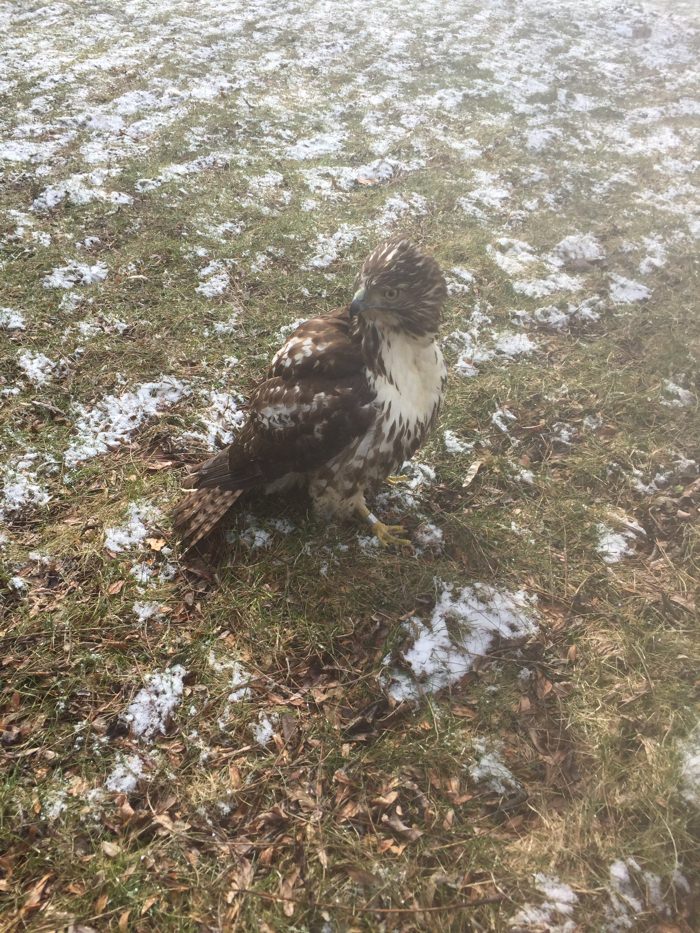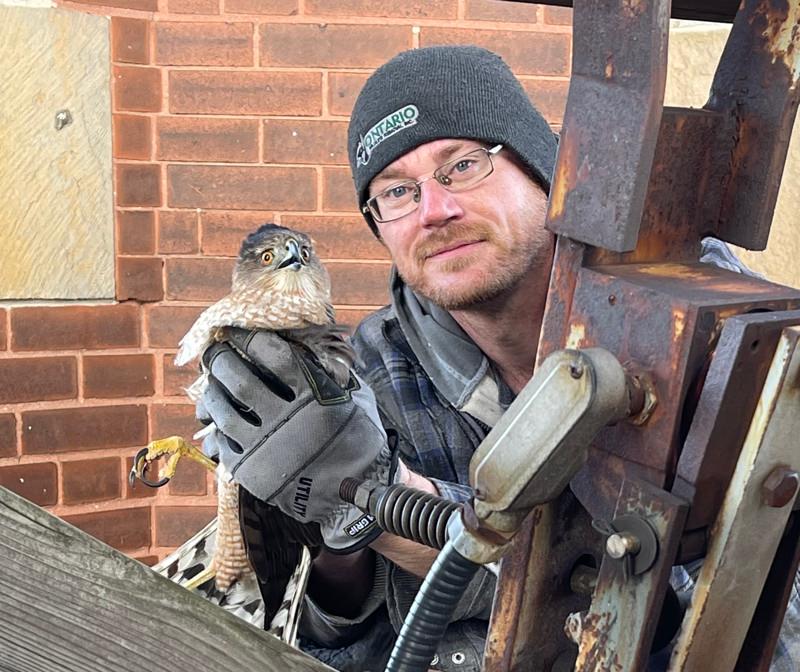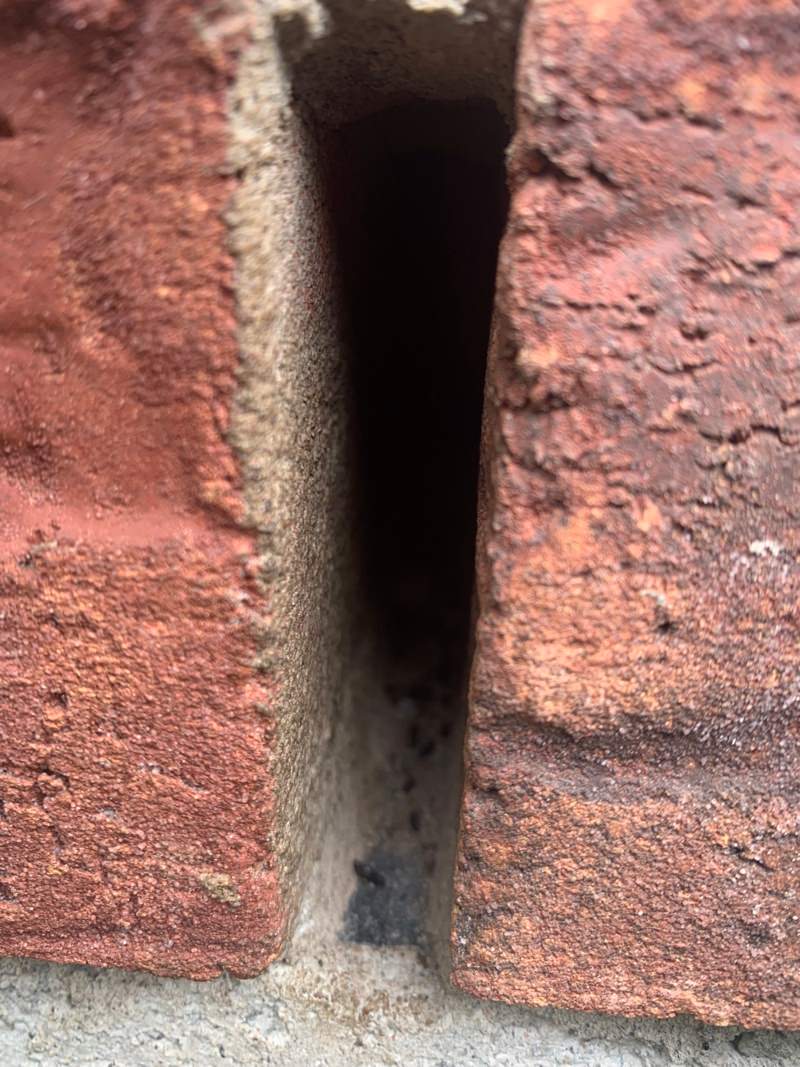
The Dangers of Poisoning Mice and Why Exclusion is Safer For Wildlife
Posted by Jared Houliston Friday, December 8th, 2023 | 3,715 Reads
 When it comes to dealing with mice infestations, its common for many homeowners to first consider using quick fixes like traps and poisons. The major problem is, these types of mice removal methods can and usually do inadvertently become a death sentence for unintended victims – and particularly our wildlife.
When it comes to dealing with mice infestations, its common for many homeowners to first consider using quick fixes like traps and poisons. The major problem is, these types of mice removal methods can and usually do inadvertently become a death sentence for unintended victims – and particularly our wildlife.
That is why, as a company we stress the importance of humane mice removal, and why we believe educating the public of the dangers of traps and poisons is so important.
The Unintended Consequences of Rodenticides
Rodenticides and poisons are not selective in their victims. These toxins end up harming, and quite often killing, non-targeted wildlife that are highly important and play crucial roles in the health of our local ecosystems.
When these animals ingest poisoned rodents, they also start experiencing severe health risks that can lead to their death too.
Typical wildlife that ingest poisoned rats and mice
Here are just some examples of different types of animals that tend to consume poisoned rodents:
- Hawks: hawks feed on small mammals, which makes them vulnerable to ingesting poisoned rodents.
- Owls: known for their efficient rodent control capabilities, owls can suffer greatly from secondary poisoning.
- Foxes: foxes are opportunistic feeders and regularly consume poisoned rodents, which lead to a painful death.
- Bobcats: bobcats help control the rodent population naturally, but can be inadvertently harmed by eating poisoned prey.
- Coyotes: coyotes are also at risk of ingesting rodents that have encountered rodenticides.

Hawk getting released after recovering from ingesting rat poison. Source Hobbitstee WR
Some statistics by Hobbitstee Wildlife Refuge in Nanticoke Ontario:
- Annually, there are approximately 40 to 50 birds of prey admitted to their wildlife rehabilitation centre with suspected poison ingestion.
- Around 40% of these cases are attributed to lead poisoning, which is easily detected with onsite blood tests.
- Detecting rat poison is much more complex due to the variety of compounds used, many of which are anticoagulants.
- The poisons that cause severe neurological damage are particularly devastating to the animal as there is no antidote, and supportive care is the only option, but with low chances of recovery.
If the poison contains anticoagulants, they can be treated with Vitamin K injections if identified early but diagnosis is often too late for effective treatment and the animal dies.
The difficulties diagnosing wildlife poisonings
Laboratory testing for toxins in wildlife can be done, but it’s a lengthy and costly process that quite often only results in a rapid decline in the animal’s health. Also, a high percentage of the time it’s still too late to save the animal’s life and it ends up dying a painful death.
Statistics from many wildlife rehabilitation centres we work with, suggest that by the time many of these animals are brought in for treatment, they are often beyond help. For instance, a report by the California Department of Fish and Wildlife highlighted that over 70% of tested wildlife had been exposed to rodenticides, often with lethal outcomes.
In Canada, there have been concerns about the use of rodenticides and their impact on wildlife. For instance, various studies and reports have shown that secondary poisoning from rodenticides can affect a range of species, from mammals to birds of prey.
The study linked above was conducted in British Columbia and found that a significant number of barn owls had high traces of rodenticide in their systems. As a result BC has now banned any use of second-generation anticoagulant rodenticides (SGARs).
The vulnerability of youth animals
It’s been observed that primarily younger birds of prey fall victim to these poisons over the elder birds. Young birds are inexperienced and and are less careful in their prey selection which leads them go for the easy catch of a poisoned rodent. This contrasts with older, more experienced birds that typically avoid prey that behaves abnormally.
 Birds at high risk of secondary poisoning
Birds at high risk of secondary poisoning
The following is a list of the typical types of birds that fall victim to secondary poisoning:
- Eagles: both bald and golden eagles are top predators that can suffer from eating poisoned prey.
- Kestrels: as small raptors, kestrels can be affected due to their diet of insects and small rodents.
- Vultures: scavenging birds such as turkey vultures may ingest poisons from carrion, which includes poisoned rodents.
- Barn Owls: known for their role in natural pest control, they’re particularly vulnerable to poisoning due to their diet consisting mainly of rodents.
- Hawks: hawks feed on small mammals like mice, which makes them vulnerable to ingesting secondary poisons.
The Case for Wildlife and Pest Exclusion
 Given the dire consequences animal poisons have on rodents and other forms of wildlife, exclusion continues to prove to be the preferable, humane alternative. Wildlife exclusion is simple and involves permanently sealing off all potential entry points for mice, and denying them access to our homes without any of the risks associated with poisons and traps.
Given the dire consequences animal poisons have on rodents and other forms of wildlife, exclusion continues to prove to be the preferable, humane alternative. Wildlife exclusion is simple and involves permanently sealing off all potential entry points for mice, and denying them access to our homes without any of the risks associated with poisons and traps.
This exclusion method requires a thorough inspection and an understanding of mouse behavior and biology, but it provides a long-term solution that safeguards our homes, our health, and the health of wildlife.
By choosing a humane wildlife company to do exclusion, in place of rodenticides and traps, you’re not only supporting a humane solution, but you’re opting for a solution that is a permanent fix, and fully guaranteed to perform better than traps and poisons.
Basic steps to effective wildlife exclusion:
- Inspection: a detailed inspection of your home is conducted by a professional in order to identify all potential entry points for mice. If mice are present they will be removed from the home first.
- Sealing Entry Points: durable materials are used to seal off all holes, cracks, and gaps that mice could use to enter your home.
- Maintenance: schedule followup inspections at least every 5 to 10 years to check and maintain these seals to ensure they remain intact and still effective.
What Can You Do?
Even though using traps and poisons are still dangerous for wildlife of prey and the environment, people who are uninformed will still use them. The best ways to reduce the use of poisons is to ensure to opt out of their use if a wildlife removal or pest control company uses them. Another way to spread the word, is by doing things like sharing this article and talking to your friends and family. You can also help by making regular donations to wildlife refuge and rehabilitation centres near you.
If you have mice in your home, choose a humane wildlife removal company to ensure the safety of innocent animals and that our ecosystem continues to thrive for generations to come.
Statistic Credits: Chantal Theijn – Hobbitstee Wildlife Refuge
Ontario Wildlife Removal Inc. provides wildlife removal and pest control in Southwestern Ontario, including Brantford, Kitchener-Waterloo, Cambridge, Guelph, London, Woodstock, Tillsonburg, Simcoe, Port Dover, Paris, St. George, Six Nations, Caledonia, Burlington, Waterdown, Oakville, Hamilton, Stoney Creek, Grimsby, & Niagara Region. Our methods are safe, humane and environmentally friendly. Call today to book your inspection.
Get a Pest Control Quote
Simply fill in your details below and we'll call you very shortly to discuss your issues.





Leave a Reply